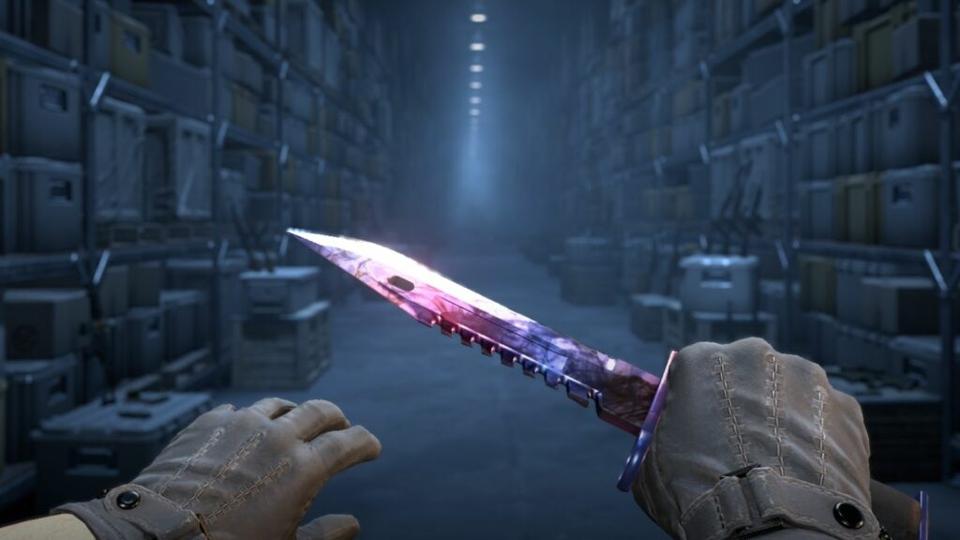Al Jobran Insights
Exploring a World of News and Information
Caught in the Crash: Navigating the Skin Trading Ecosystem's Downfall
Uncover the shocking truths behind the skin trading ecosystem's collapse and learn how to navigate the aftermath in this must-read blog!
Understanding the Skin Trading Ecosystem: History and Consequences
The skin trading ecosystem has evolved over the years, rooted in the rise of online gaming, particularly titles like Counter-Strike: Global Offensive and Team Fortress 2. Initially, players began exchanging in-game items, such as weapon skins, through informal channels. However, the introduction of third-party platforms turned these transactions into a lucrative market, allowing players to trade and sell skins with real monetary value. As a result, the history of skin trading became interwoven with the broader narrative of virtual economies, highlighting a shift from simple gameplay to complex financial transactions.
Despite its appeal, the skin trading ecosystem has significant consequences that players and developers must navigate. Issues such as fraud, scams, and gambling addiction have emerged, particularly among younger audiences drawn to the allure of trading. Furthermore, various gaming companies have faced legal challenges related to the regulatory status of these markets. The need for regulation has never been more pressing, as stakeholders must ensure a safe and fair environment for participants. Ultimately, understanding the intricacies of the skin trading ecosystem is crucial for fostering a responsible community in the gaming world.

Counter-Strike, a highly popular tactical first-person shooter, has captivated gamers worldwide since its inception. The latest installment, Counter-Strike 2, has seen significant gameplay enhancements and community engagement. However, the recent market cap crash cs2 has raised concerns among players and investors alike, highlighting the volatile nature of the in-game economy.
The Impact of Regulations on Skin Trading: What You Need to Know
The world of skin trading, particularly in the context of video games, has seen significant changes due to increasing regulations. These regulations are primarily aimed at protecting consumers and ensuring fair practices within the marketplace. In many regions, skin trading has been classified under gambling laws, leading to stricter controls and oversight. Game developers are now more cautious, implementing age restrictions and monitoring transactions to mitigate legal risks. Understanding these regulations is crucial for gamers and traders, as violations can not only result in account bans but also legal repercussions.
Furthermore, the impact of these regulations is not only limited to the legal perspective but also extends to the overall market dynamics. With increased scrutiny, the demand for skins may fluctuate, leading to changes in their value. Sellers may find it challenging to navigate through new compliance requirements, and as a result, some may turn to alternative platforms that operate outside the regulatory framework, albeit at a higher risk. To stay ahead in the market, traders must stay informed about the latest regulations and adapt their strategies accordingly. Ignoring these changes could lead to detrimental impacts on their trading activities.
Is Skin Trading a Thing of the Past? Exploring Alternatives in Gaming
The practice of skin trading has been a notable aspect of gaming culture, especially within the realm of first-person shooters and multiplayer online games. However, as the gaming landscape evolves, many are questioning whether skin trading is becoming a thing of the past. This shift can be attributed to various factors, including increased regulation and the rise of alternative monetization strategies. For instance, developers are exploring more sustainable models such as in-game purchases and expansions, which provide users with a more robust experience without the complexities of trading.
As players seek new ways to enhance their gaming experience, these alternatives to skin trading are gaining traction. One promising avenue is the development of play-to-earn models, where players can earn real value from gameplay, thereby reducing the reliance on skin trading mechanisms. Additionally, the emergence of blockchain technology has introduced decentralized asset ownership, allowing players to maintain control over their digital items without traditional trading. Thus, while skin trading may still have its place, it is essential to explore and embrace these alternatives to stay relevant in the fast-paced world of gaming.